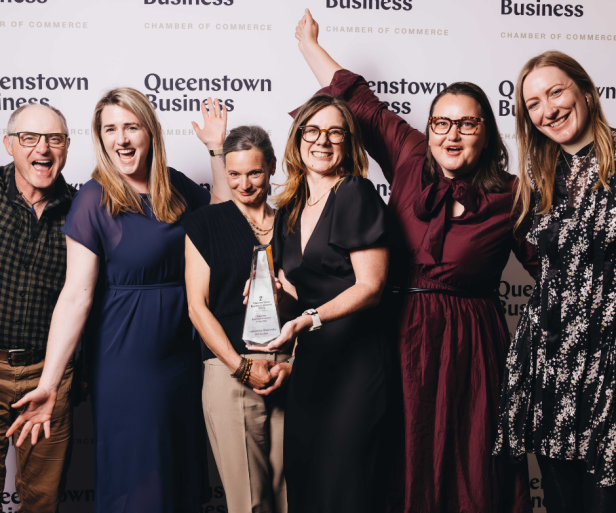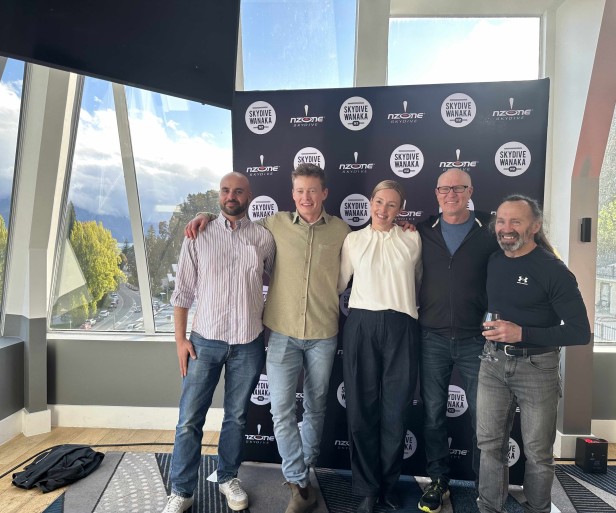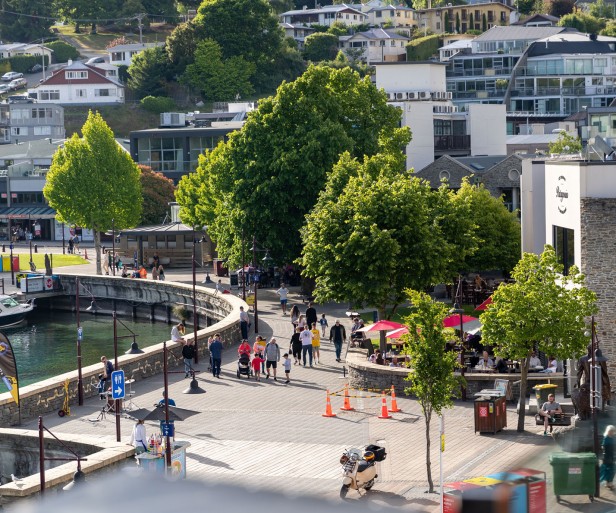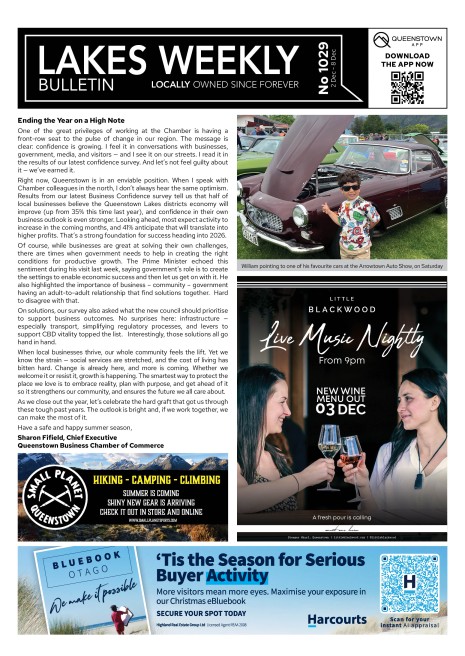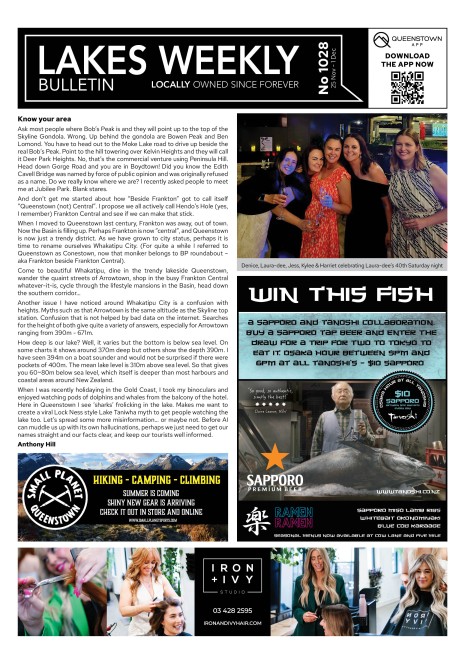Affordable housing doesn’t have to cost the earth
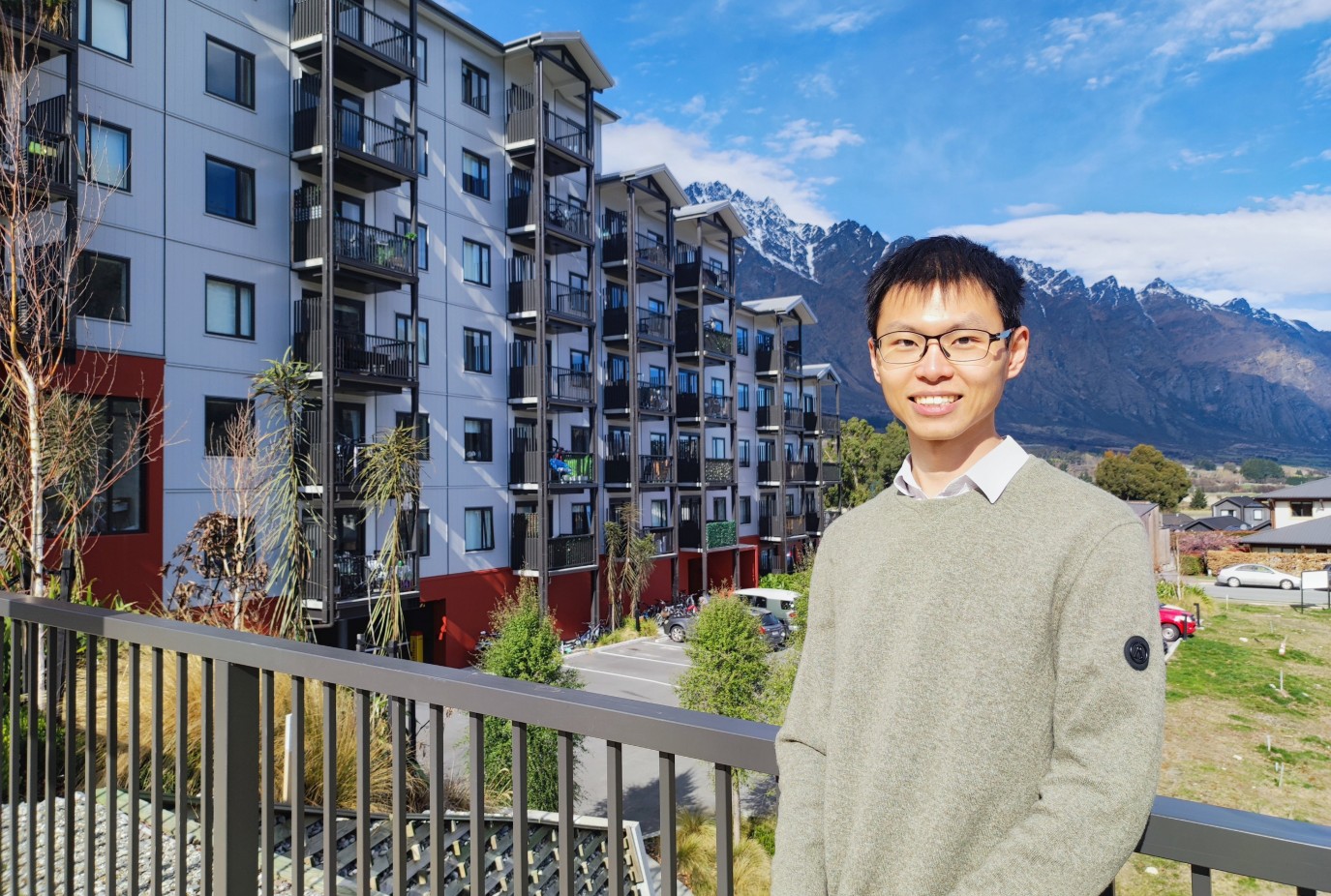
Three words sum up Arthur Lee’s approach to making affordable housing more sustainable and liveable. He wants to do things smarter, simpler and smaller.
The Queenstown-based passive housing expert has recently been hired as Queenstown Lakes Community Housing Trust’s Sustainability and Development Officer. His goal is to ensure they are building warm, healthy, low-impact homes, that cost less to run, while continuing to get the most bang for their bucks on construction costs.
QLCHT chief executive Julie Scott says: “I always talk about the two aspects of housing affordability - one is the actual cost to either buy or rent, and the other is the cost of running the home. Because if you’re paying $1000 a month for a power bill in winter, that’s a huge drain on a household budget.
“So, we started to build better performing homes, with mechanical ventilation, more insulation, things like that. We wanted to take it further but had done all we could internally and needed someone to come in and drive the next step change for us.”
Lee has lived in Queenstown for seven years, previously working for award-winning Queenstown practice Team Green Architects, on multi-million dollar homes, after obtaining his Bachelor’s degree in architecture at the VIA University College in Denmark, a country with some of the best social housing in the world.
He’s settling into life at the non-profit QLCHT, creating plans with Scott and Development Design Manager Trish Daley, aimed at creating step-by-step continuous improvement.
For projects already in the pipeline, that means reviewing and picking low-hanging fruit, relatively easy changes with decent outcomes. For planned projects further out, there’s the opportunity to make major gains, by collaborating early in the design and build process. And for the Trust’s future projects, the sky is the limit.
Low-hanging fruit
“A good example of low-hanging fruit is a fully-insulated foundation,” he says.
“The building code only requires partially-insulated foundations but in our climate, where the ground temperature is very low in winter, that doesn’t work. And the consequence is huge and very noticeable - you can have a concrete slab which is 13°C on one side, and 18°C on the other.
“By ensuring our design and build partners are fully-insulating the foundations, which is just using another proprietary system nowadays, you’re talking maybe a 10% energy saving for the entire house for very little extra costs.”
Homestar for the win
Over at Longview in Hāwea, the Trust has recently completed 28 homes and has another 20 in the design phase, with 10 to follow later.
“Arthur has looked at the floor plans and believes with a few tweaks we could get these to Homestar 6 standard,” Scott says.
Homestar ratings run from 6 to 10, but even 6 is about 50% more energy efficient than a building code minimum house. The New Zealand Green Building Council has recently revised the Homestar scheme, to ensure certain elements relating to people’s health and comfort, and baseline energy efficiency, become the mandatory minimum.
“It is amazing in a way because it means anyone moving into a home with that rating has all those guarantees,” Lee says. “But it does make it harder to achieve in our district. If you achieve Homestar 6 here, that is already an admirable standard.
“Building just to code, that’s when you will come across a warm living room but a freezing bathroom, that kind of experience we don’t want for people.
“It’s the long-term life cycle costs we’re trying to consider. If you look back at the old state housing, they always end up being almost impossible to heat and very hard to maintain.”
‘Cutting corners’ to save money
Lee says on future projects, good collaboration early on is a game-changer to strike the balance that drives economic, social and environmental sustainability.
“That’s where 20% of the effort can generate 80% of the outcome,” he says. “Smarter design and simpler forms essentially drive usability, feasibility and simpler construction.
“You want a smart layout - that means a good functional, usable, liveable space that people will enjoy. And you want simpler building forms. Corners, for example, cost money in terms of construction, waste, increased heat loss, everything, so if we can design a building with six corners rather than 12, that’s a benefit. If we can use a simple gable roof, it’s cheaper than five different planks of roof, all joining together.”
With a good design, going smaller doesn’t have to mean it’s a compromise, he says.
“You can build a four-bedroom house that’s 200sqm, with every room oversized for no reason, or we can do something that’s 130sqm but every space is well thought-out. There’s still the storage and the viability, the layout and how people interact with the space, how people get the light of the sun, even in winter, all those things can be done on the drawing board.”
Other elements, such as the ground source heat pumps the Trust has included in its 68-unit project Tewa Banks in chilly Arrowtown, can also lower living costs, reducing power bills by 40-50%.
Doing more with less
Increasing density is also driver for the Trust.
Born in Auckland, Lee moved to Taiwan when he was six years old, living in what was one of the highest density neighbourhoods in the world - 200,000 people in the space of Frankton Arm - before returning to NZ.
“It showed me it is possible to live in small spaces and still live a good life,” he says.
Three years ago, he was one of the Queenstowners helped out by QLCHT’s models, moving into the ‘high density’ Toru Apartments, although NZ’s high density is medium density in the rest of the world, he says.
Scott says with 1300 households on the waiting list, the Toru project is something the Trust would love to replicate.
“We’ve got 42 households in that building under a range of programs, which has been such a great outcome,” she says.
Prefab for the win
Innovative building practices are also in the Trust’s plans.
“I think realistically, off-site manufacturing has to be the way of the future for affordable housing,” Scott says. “In NZ, we’re terrible for building lots of bespoke homes, whereas the Trust tries to work on standardisation and replication.
“You’ve got companies like Arbol in Cromwell at one end of the spectrum, quite small and bespoke, and then at the other end you can go to China and buy 50 apartments and stack them.
“We considered that for the Toru stage two apartments. Was that something we could bring in at a much reduced price? Because the land is still consented for another 140 units over two buildings. It’s potentially feasible and this is something Arthur’s looking into.”
And, it’s not only the building Lee is tasked with making more efficient. He’s looking at all QLCHT operations, as it looks to reduce its carbon footprint.
“Although, in a single house’s life cycle, carbon emissions can be 150-200tn, compared to our yearly operational emissions of probably 2-4tn,” he says, “so the development side will be our main focus.”
Overall, he sees his new role at QLCHT as a way to make a difference. “It’s fulfilling and a passion rooted in me since university, when we were required to study social housing and practice design and construction management models on social housing.”



